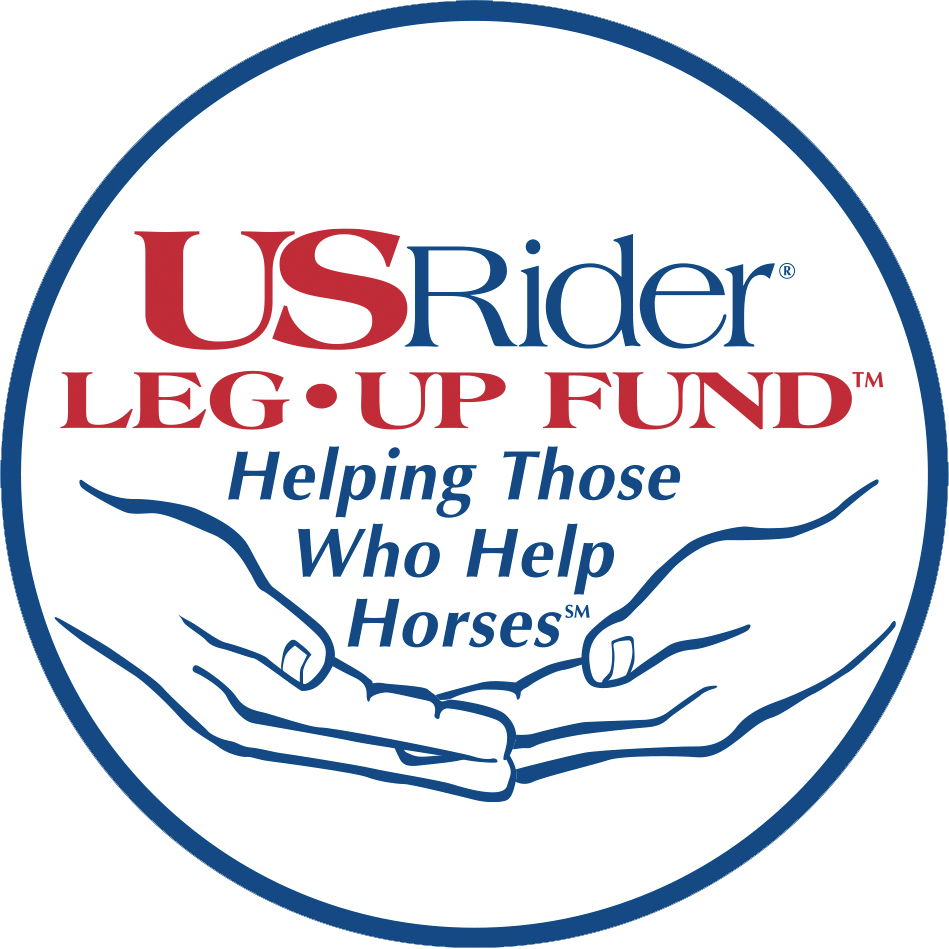Neva Kittrell Scheve is the author of The Complete Guide to Buying, Maintaining, and Servicing a Horse Trailer and Hawkins Guide: Horse Trailering on the Road. She and James Hamilton, DVM, co-authoredHawkins Guide: Equine Emergencies on the Road.


"*" indicates required fields